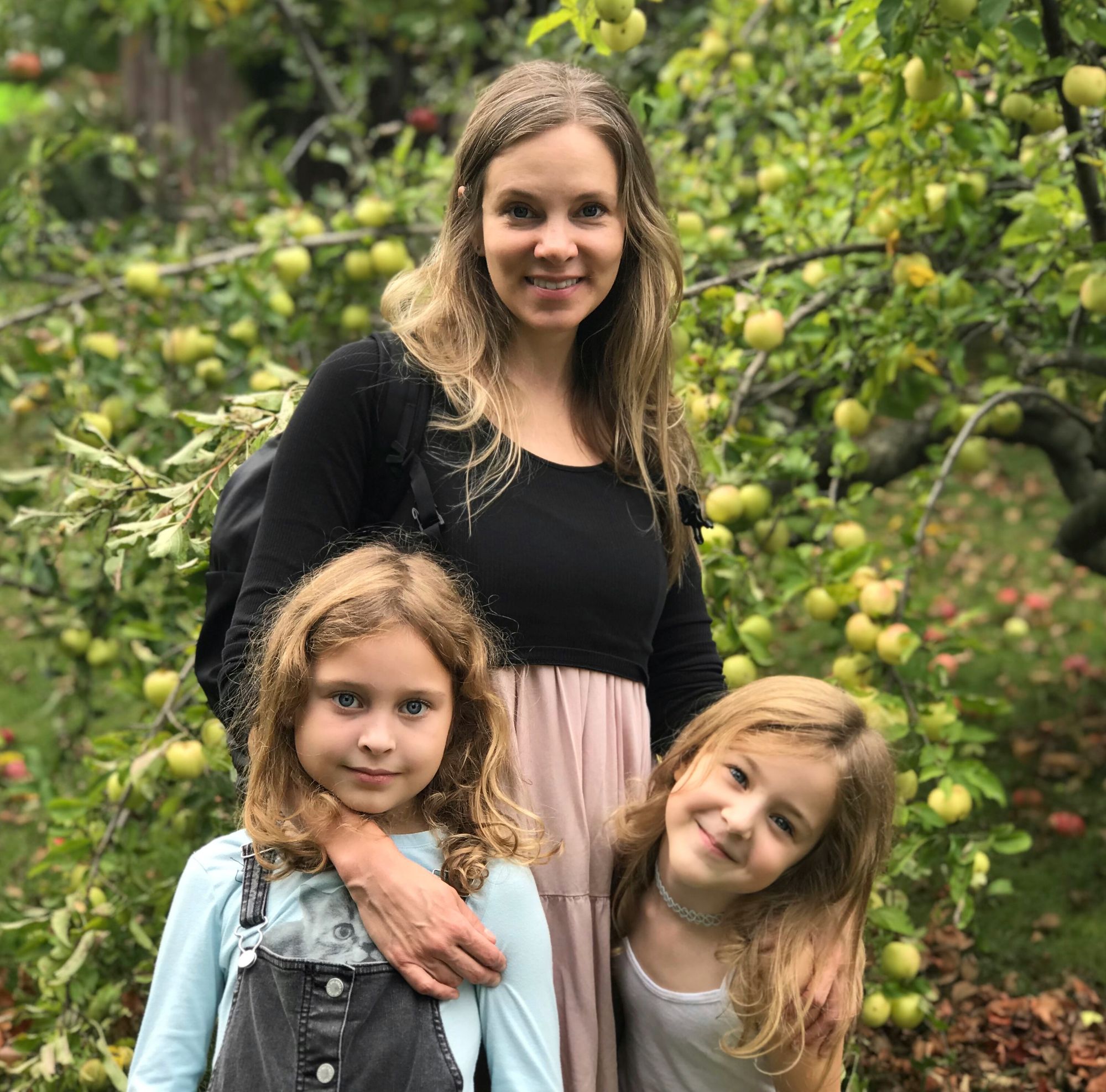Eating with Awareness
Embodied eating is intentional, non-judgmental awareness regarding your eating habits, present moment eating, and food selection.
It involves listening to and understanding your body’s cues for when to eat and stop eating. It also involves understanding different types of hunger, such as physical hunger, situational hunger, and emotional hunger, and slowing down to make intentional decisions about when to eat. This includes listening and learning what different types of hunger feel like within your body, what fullness feels like to you, and how to stop eating when full.
Embodied eating involves eating food slowly and thoughtfully and savoring each bite, bringing a new sense of satisfaction and enjoyment to your meals. It also involves taking time to use all your senses to experience the food. This slowing down is of physiologic importance as well.
Eating rapidly gives little time for your taste buds to taste and, as such, may not trigger your body’s defense mechanism against eating beyond the point of fullness. Also, since it takes your brain, on average, 20 minutes to recognize that your stomach is full, if you eat too rapidly, you are set up to eat past the point of fullness.
This in-depth awareness requires the process of daily self-reflection to gain an understanding of our current actions. Because many of us have tried numerous diets which primarily focus on external cues, such as a calorie level, to drive what and how much to eat, you may be heavily disconnected from your internal cues
and, at first, have a difficult time tuning into them.

Embodied eating can be difficult at first, but know that without an intentional choice to follow new pathways, your predetermined habits will lead you around causing you to continue to do things as you always have. Over time and with practice, learning to listen to your body and taking these new pathways will come more naturally.
Be patient with yourself and the process, as anything new takes time to learn. With daily practice, embodied eating can improve food selection, lessen the likelihood
of overeating, and enhance satisfaction in eating. Below is a breakdown of the two broad components of embodied eating: awareness and acceptance.

Embodied eating - awareness
- Present moment awareness while eating
- Being present within your body and in tune with your current emotional state throughout your entire eating experience. Your senses, sight, touch, smell, hearing, and taste can help with embodiment during eating. You can also use intentional focus to check in with your hunger/fullness, situation, and emotional states before, during, and after eating.
- Extended awareness related to eating/body
- This involves continuous self-reflection to build non-judgmental self-awareness regarding eating habits
- Gauging and understanding what different types of hunger feel like within your body and making intentional, informed decisions about what to eat, when to eat, and how much to eat.
Embodied eating - acceptance
- Listening to your body, understanding that you need to eat nourishing food to be well, and honoring the need to nourish your body.
- Observing your body and food choices from a place of non-judgment, void of self-criticism.

Getting started with embodied eating
If you're ready to incorporate embodied eating into your life and begin eating with awareness, the best thing you can do to get yourself started is to develop an eating ritual. Here is a checklist to include at mealtime to ensure you are eating with awareness:
- Sit before eating anything. This simple step really helps you bring yourself into the moment and decreases eating without awareness
- Take deep breaths before eating and focus on your body to feel sensations in the stomach
- Check in on hunger as this can help you plan ahead and lessen the likelihood of overeating - To help you check in, place one hand on your heart and the other on your belly and take a few deep breaths. Acknowledge your current emotions and situation to assess if these are influencing your hunger.
- Acknowledge gratitude for the food you are about to eat
- Choose to nourish your body with healthful foods like fiber, protein, and healthy fats. These foods not only help you care for your body, but they also help your body recognize fullness
- Eat slowly, using all senses to appreciate the food and take the time to chew the food as this helps your body recognize fullness
- When half of your food is eaten, check in again on your hunger/fullness level and consciously decide to continue eating or stop
References
This information is modified from the Love Body Self-Care Method book. This method allows you to nurture yourself, inhabit your body differently, and see yourself through fresh eyes. This practice involves learning to tap into a place of self-love that lives within all of us.
If this topic interests you and you want to learn more, check out the book by searching Love Body Self-Care Method on Amazon. For full disclosure, I am the author of the book.




